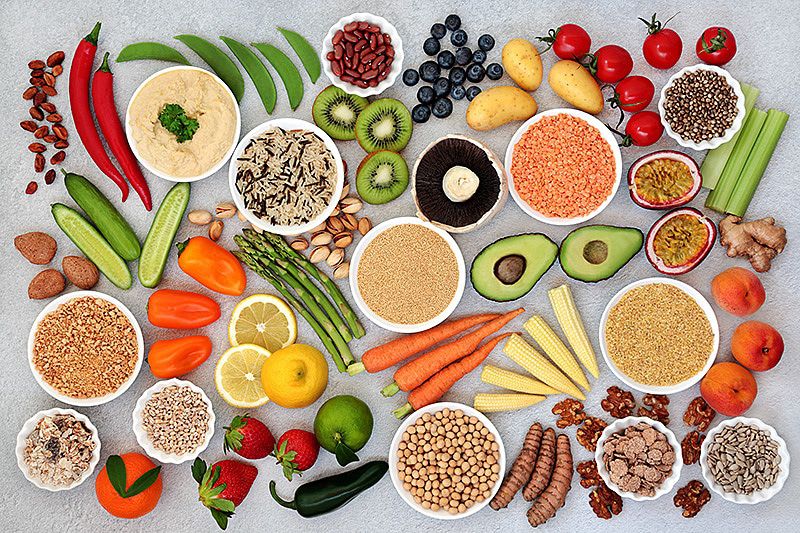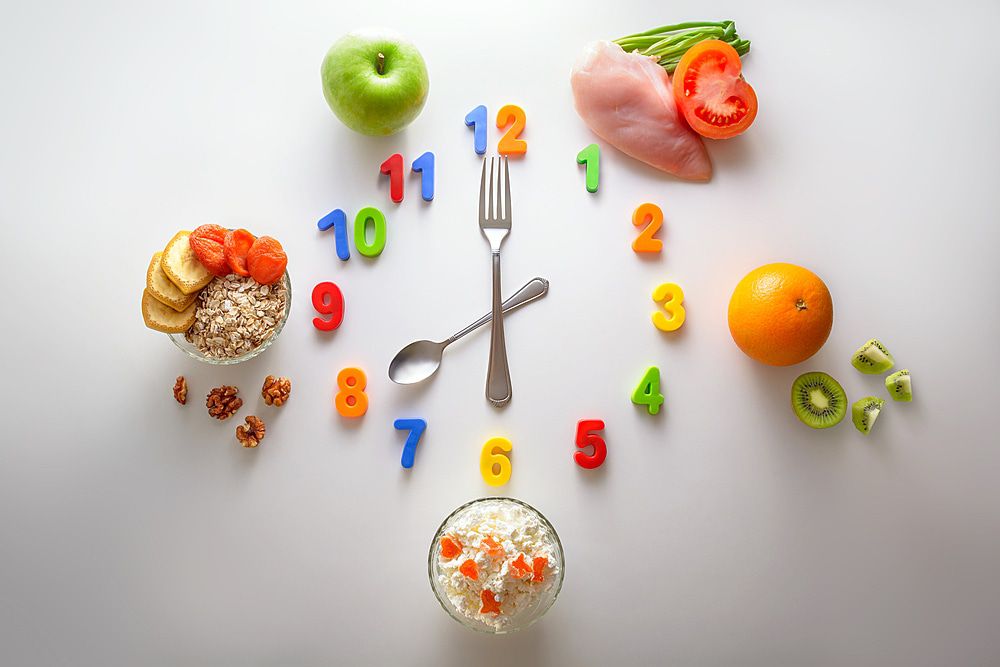Healthy Meal Planning on a Budget for Endurance Athletes
Endurance athletes rely on proper nutrition to fuel their performance, recovery, and overall health. However, maintaining a nutrient-rich diet can seem expensive and time-consuming. The good news is that with smart planning, you can eat healthily without overspending.
Here are practical tips to help endurance athletes plan meals and maximize nutrition on a budget.

1. Plan Your Meals Ahead
Create a Weekly Menu
• Base your meals around affordable staples like whole grains, legumes, and seasonal vegetables.
• Include a balance of macronutrients (carbohydrates, proteins, and fats) and consider your training schedule. For example, plan carb-heavy meals before long runs and protein-rich options for recovery days.
Stick to a Shopping List
• Write down everything you need for your weekly menu and avoid impulse buys. This minimizes waste and keeps you focused on essentials.
2. Shop Smart
Buy in Bulk
• Purchase staples like oats, rice, quinoa, beans, lentils, and nuts in bulk. They are cost-effective, shelf-stable, and versatile.
Embrace Frozen and Canned Options
• Frozen fruits and vegetables are just as nutritious as fresh ones and often more affordable. Canned options, such as tomatoes and beans, are great for quick meals. Choose low-sodium or no-added-salt versions when possible.
Shop Seasonally
• Seasonal produce is cheaper and fresher. Visit local farmers' markets for discounts or buy directly from community-supported agriculture (CSA) programs.
3. Focus on Affordable, Nutrient-Dense Foods
• Whole Grains: Brown rice, oats, and whole-wheat pasta provide lasting energy.
• Legumes: Lentils, black beans, and chickpeas are rich in protein and fiber.
• Eggs: An excellent, inexpensive protein source for muscle repair and recovery.
• Canned Fish: Tuna and sardines offer omega-3s and protein at a fraction of the cost of fresh fish.
• Vegetables: Carrots, sweet potatoes, and spinach are nutrient-packed and affordable.
4. Prep in Advance
• Batch Cook: Prepare large quantities of meals like soups, stews, and casseroles, then portion them out for the week. This saves time and reduces the temptation to buy expensive convenience foods.
• Freeze Leftovers: Store extras in single-serve containers for quick, healthy meals on busy days.
• Prep Snacks: Make your own energy bars or trail mix with bulk ingredients to avoid overpriced packaged snacks.
5. Hydrate Wisely
• Skip costly sports drinks by making your own electrolyte solution. Mix water with a pinch of salt, a squeeze of lemon or lime, and a touch of honey. Coconut water is another natural, cost-effective alternative for hydration.
6. Minimize Food Waste
• Repurpose Ingredients: Use vegetable scraps to make broth or leftover grains in stir-fries.
• Store Food Properly: Learn how to store fruits, vegetables, and bulk items to extend their shelf life.
• Plan "Leftover" Days: Dedicate one day a week to using up any leftovers.
7. Look for Deals and Discounts
• Use apps or store flyers to find sales and discounts.
• Join a rewards program at your local grocery store.
• Consider a wholesale club membership if you have storage space and use large quantities of food.
8. Opt for DIY Sports Nutrition
Instead of buying expensive gels or protein powders, make your own:
• Energy Gels: Blend dates, honey, and a splash of water for a quick, high-carb gel.
• Protein Shakes: Mix milk or a plant-based alternative with bananas, peanut butter, and oats for a post-workout drink.
Sample Budget-Friendly Meal Plan

Breakfast
• Overnight oats with chia seeds, almond butter, and a banana.
Lunch
• Lentil soup with a side of whole-grain bread.
Snack
• Homemade trail mix with almonds, dried cranberries, and sunflower seeds.
Dinner
• Brown rice bowl with roasted sweet potatoes, black beans, sautéed spinach, and a tahini drizzle.
Post-Workout Snack
• Homemade smoothie with frozen berries, spinach, milk, and protein powder (if needed).
With a little planning and creativity, eating healthily as an endurance athlete doesn't have to break the bank. Focus on simple, whole ingredients, prepare meals in advance, and make the most of every dollar. Your body—and wallet—will thank you!